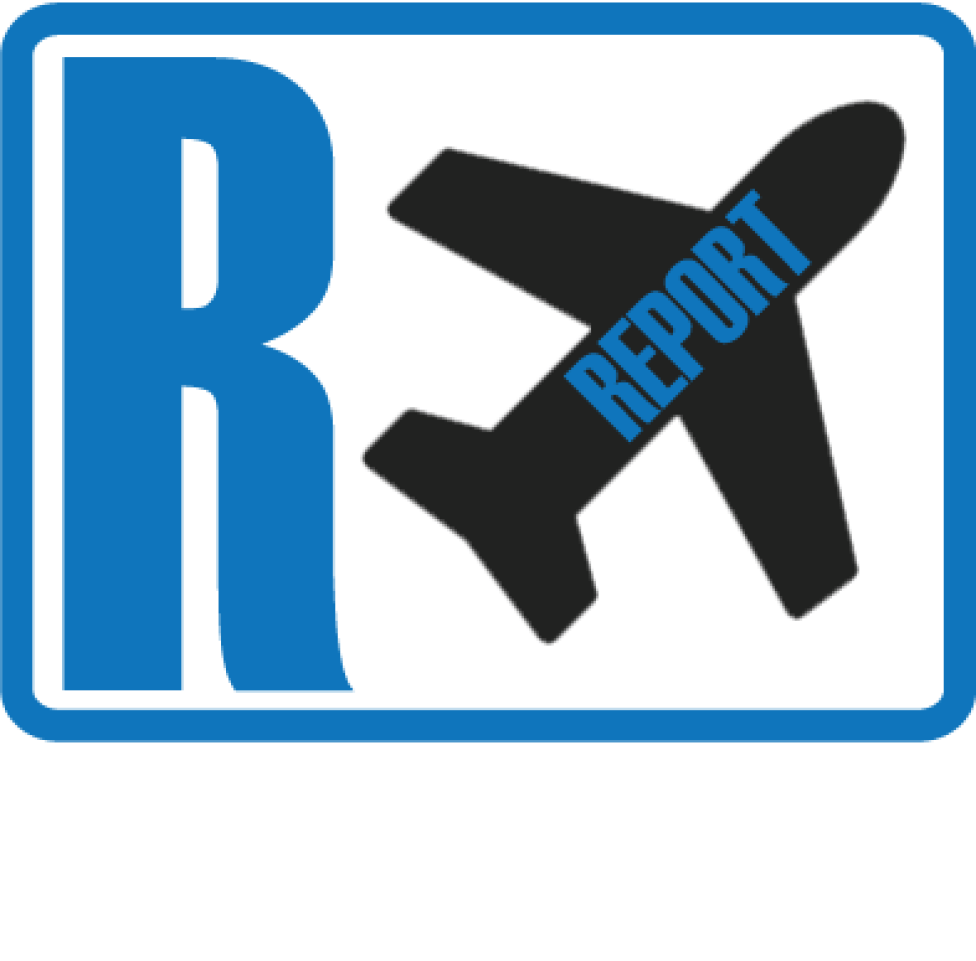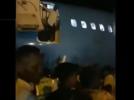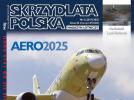Indonesia Asia A320 and Batik B739 at Yogyakarta on Nov 20th 2013, near collision on runway
An Indonesia Air Asia Airbus A320-200, registration PK-AXG performing flight QZ-8441 from Yogyakarta to Denpasar Bali (Indonesia), was in contact with Tower and was cleared to taxi to the holding point runway 27 via taxiway N2, no other traffic was on the frequency. The crew assumed, that the clearance meant they were cleared to enter the runway to backtrack runway 27 to reach the holding point runway 27 on taxiway N3, but verified with the controller whether they were indeed cleared to enter runway 27 via taxiway N2 to taxi to the holding point, tower confirmed.
While approaching the runway at taxiway N2 the first officer (25, CPL, 3,100 hours total, 2,900 hours on type) activated the TCAS system, the captain (60, ATPL, 20,000 hours total, 5,000 hours on type) noticed another aircraft on final approach and stood on the brakes instinctively also activated reverse thrust to stop the aircraft. However, the aircraft came to a stop past the hold short line on N2. At almost the same time, when the captain recognized the aircraft on final approach, tower called to hold position.
A Batik Air Boeing 737-900, registration PK-LBH performing flight ID-6360 from Jakarta to Yogyakarta (Indonesia), was on final approach to Yogyakarta's runway 09 in contact with Yogyakarta Approach. About 3.5nm from touchdown approach advised that the runway was clear and issued landing clearance if runway in sight instructing the crew to contact tower after landing (editorial note: emphasis added by editor).
Yogyakarta Tower contacted approach to instruct ID-6360 go around, approach however did not transmit the instruction considering "the aircraft was on short final and a go around might jeopardized the safety of the flight".
Tower radioed a go-around instruction to ID-6360 into the blind, the instruction was not acknowledged.
The Boeing 737-900 continued the approach, touched down and was in the roll out when the crew noticed the nose of the Airbus A320 was sticking into the runway at N2 (1750 meters down the runway). The crew applied maximum manual brakes and maximum reverse and managed to stop their aircraft about 100 meters short of the Airbus.
There were no injuries and no damage to both aircraft.
Indonesia's NTSC released their final report concluding the probable causes of the serious incident were:
- Misinterpretation between pilots and controller related to the position of holding point runway 27 and the taxi clearance had never been clearly clarified.
- There was no transfer of control and ineffective communication between Yogya Approach controller to Adi Tower controller resulting to the initiative Adi Tower controller to instruct the BTK pilot to go around did not acknowledge by BTK pilots.
The NTSC reported that the aerodrome had been closed due to heavy rain prior to the occurrence, several aircraft had diverted as result. The NTSC report does not describe the runway condition and/or braking action at the time of the occurrence however.
The NTSC analysed that procedures required the approach controller to hand aircraft over to tower when established on final approach course and leaving 2500 feet MSL. The transcript however showed that the approach controller cleared the aircraft to land if runway in sight, which was acknowledged by the crew. The NTSC wrote: "The pilot reported that the runway was insight. The Yogya Approach controller acknowledged and informed that the aircraft was on 3.5 miles to touch down, then provided the clearance to land and advised the pilot to contact Adi Tower controller after landing."
The NTSC analysed: "Concerning to the information that the pilot called that the runway was insight at 3.5 miles, the investigation assumed that with normal 3° glide slope the aircraft altitude would be 3° times 3.5 nm or approximatelly1050 feet. This indicated that control of the aircraft has not been transferred in accordance with the SOP communication transfer procedure on 12.1.12, where the communication shall be transferred at 2500 feet when established the localizer."
Regarding the taxi clearance the NTSC analysed: "Based on the definition of the ICAO Annexes, runway holding position should be established to all taxiways have alignment with the runway. Adisutjipto Airport has two taxiways align with the runway namely taxiway N2 and N3. The taxiway N3 aligned with the beginning of runway 27 and it could be interpreted as holding point runway 27. At 00:36 UTC TWR provided the taxi clearance to AWQ pilots to taxi to holding point runway 27 via November Two (N2). The AWQ pilots reconfirmed that the clearance was via N2. Adi Tower controller reconfirmed that the taxi way was N2 and provided ATC clearance. The AWQ pilots acknowledged and read back the clearance. The AWQ pilot reconfirmed that the clearance was via taxiway was N2. The interview noted that the pilots thought that the holding point runway 27 was located at N3 taxiway, close to the threshold runway 27, and the best way to reach the holding point runway 27 without entering the runway was via N3 taxiway. However the pilots thought did not clearly clarified to the Adi Tower controller. The Adi Tower controller reconfirmed that the taxiway was N2 with intention of to provide the landing aircraft with full runway distance to land then exit the runway via N3 to apron. There was no instruction by the Adi Tower controller for AWQ pilot to hold on short runway 27. Furthermore, according to the interpretation of alignment of taxiway N3 and the runway as the holding point runway 27 can be concluded that the AWQ pilot had been cleared to that position via N2 and the runway. This investigation concluded that the pilot thought related to the position of holding point runway 27 and the taxi clearance provided by the controller never been clearly clarified and resulted to misinterpretation."
With respect to the go-around instruction the NTSC analysed: "The Adi Tower controller did not inform the Yogya Approach controller that the AWQ was about to enter the runway, as the Adi Tower controller assumed that the aircraft would stop prior to enter the runway. While the BTK aircraft was at approximately 600 feet, the Adi Tower controller advised the Yogya Approach controller to instruct BTK pilot to go around. The reason was due to that the AWQ aircraft had passed the runway holding position marking. However, the Yogya Approach controller did not instruct BTK pilot to go-around as he assumed that the aircraft was on short final and a go-around might jeopardize the safety of the flight."
With respect to avoiding the collision on the runway the NTSC analysed: "The BTK pilot planned to land with auto-brake selection at position 3. However, during touch down they saw that there was an aircraft on the runway, and then the pilot immediately applied a maximum manual braking and a full thrust reverse until the aircraft stop. The BTK pilot estimated that the aircraft had stopped approximately 100 meters from the AWQ position. It means that the landing distance was approximately 1650 meters. Refer to the calculation the required landing distance for medium braking action was 6,614 feet or 2,016 meters and for good braking action was 4,813 feet or 1,467 meters. The action of BTK pilot in applying the maximum manual braking had avoided a collision between BTK and AWQ aircrafts."
Aerodrome chart (Graphics: NTSC):
http://avherald.com/h?article=4778de00














Komentarze